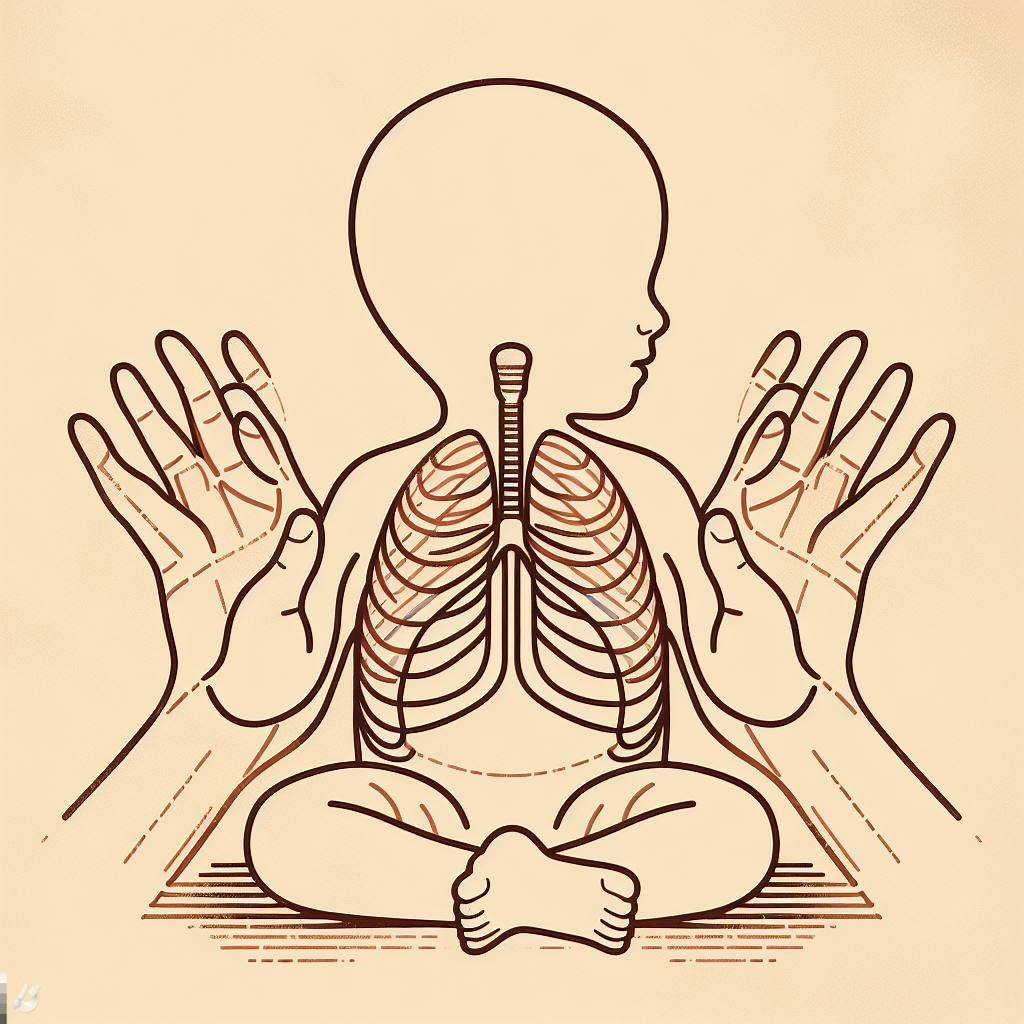Clinique altermed
Montreal osteopathy Montreal physiotherapy Montreal masso-kinesitherapy
Respiratory disorders in children, such as bronchiolitis, can be a major source of worry for parents. Osteopathy, a holistic healthcare approach, offers a unique perspective in the treatment of these respiratory conditions in toddlers.
Understanding bronchiolitis in children
Bronchiolitis is an infection of the lower respiratory tract that mainly affects infants and young children. They can be caused by viruses such as respiratory syncytial virus (RSV). Symptoms include wheezing, persistent coughing, difficulty breathing and chest tightness.
Osteopathy, a holistic approach to respiratory health
Unlike traditional medical approaches that focus on relieving symptoms, osteopathy concentrates on finding the underlying causes of health problems. Osteopaths consider the body as a whole, focusing on the relationship between structure and function. In the context of respiratory disorders, this means that the osteopath carefully examines the mobility of thoracic and cranial structures to identify any blockages or dysfunctions.
Clapping in physiotherapy
In respiratory physiotherapy, clapping is a percussive technique performed on the patient's thorax to help release bronchial secretions and facilitate breathing.
It consists of rhythmic movements performed by the physiotherapist's hands on the child's back or chest. These percussions are generally made with cupped hands, producing a sound similar to light clapping. The main aim is to loosen secretions from the bronchial walls, facilitating their evacuation by coughing.
The clapping process can help clear the airways, improve pulmonary ventilation and reduce bronchial congestion. It is often combined with other respiratory physiotherapy techniques, such as vibration and postural drainage, to optimize results.
It's important to note that clapping in physiotherapy is generally performed by trained health professionals, and is tailored to the patient's specific condition. Indications and contraindications must be carefully assessed, and the technique must be applied with caution to avoid any risk of injury.
Osteopathic clapping
One of the osteopathic techniques used in the treatment of respiratory disorders, such as bronchiolitis, is clapping. Unlike conventional approaches, osteopathic clapping does not involve vigorous tapping on the child's back. On the contrary, it is a gentle technique designed to release thoracic tensions and improve rib mobility, diaphragm attachments and all the structures that are trying to relax without succeeding.
When infants suffer from bronchiolitis, the chest muscles can become tense, limiting the lungs' ability to expand properly. Osteopathic clapping involves gentle movements of the osteopath's hands over the child's ribcage to release this tension and restore natural mobility.
Osteopathy offers an alternative and complementary approach to the treatment of bronchiolitis in children. By focusing on releasing thoracic tensions through gentle techniques such as clapping, osteopaths work to restore the body's structural balance, thus promoting better respiratory function.


